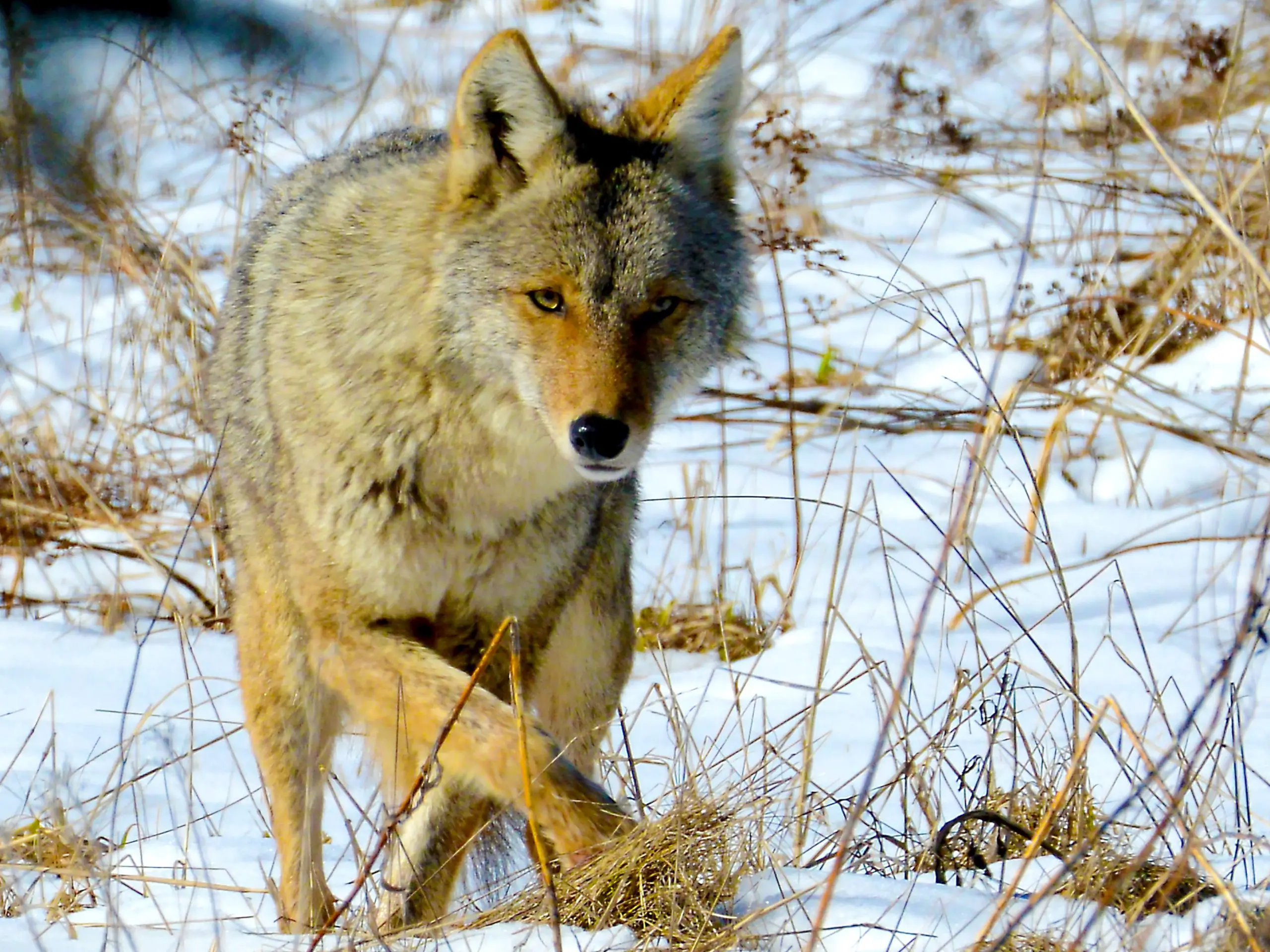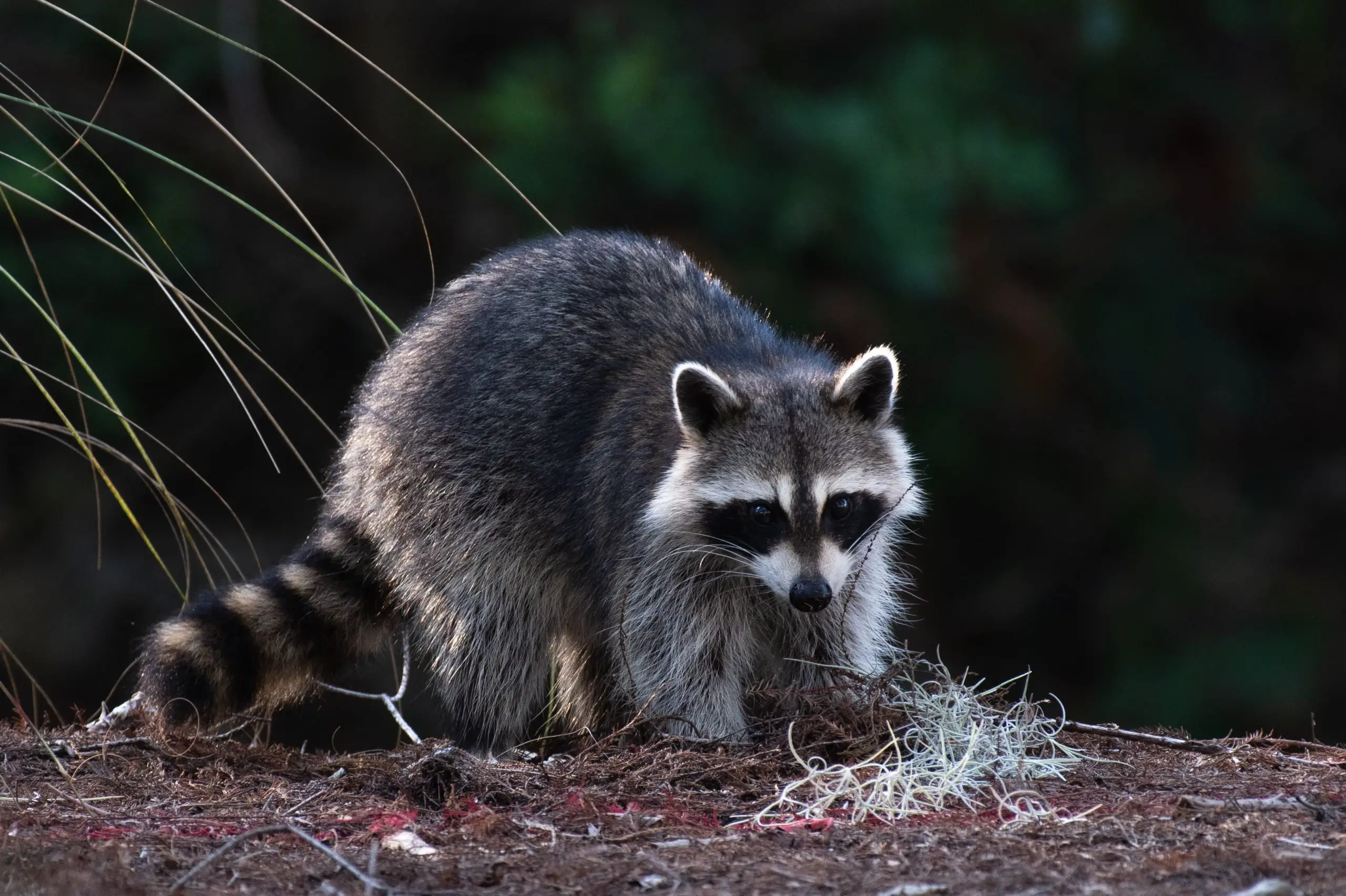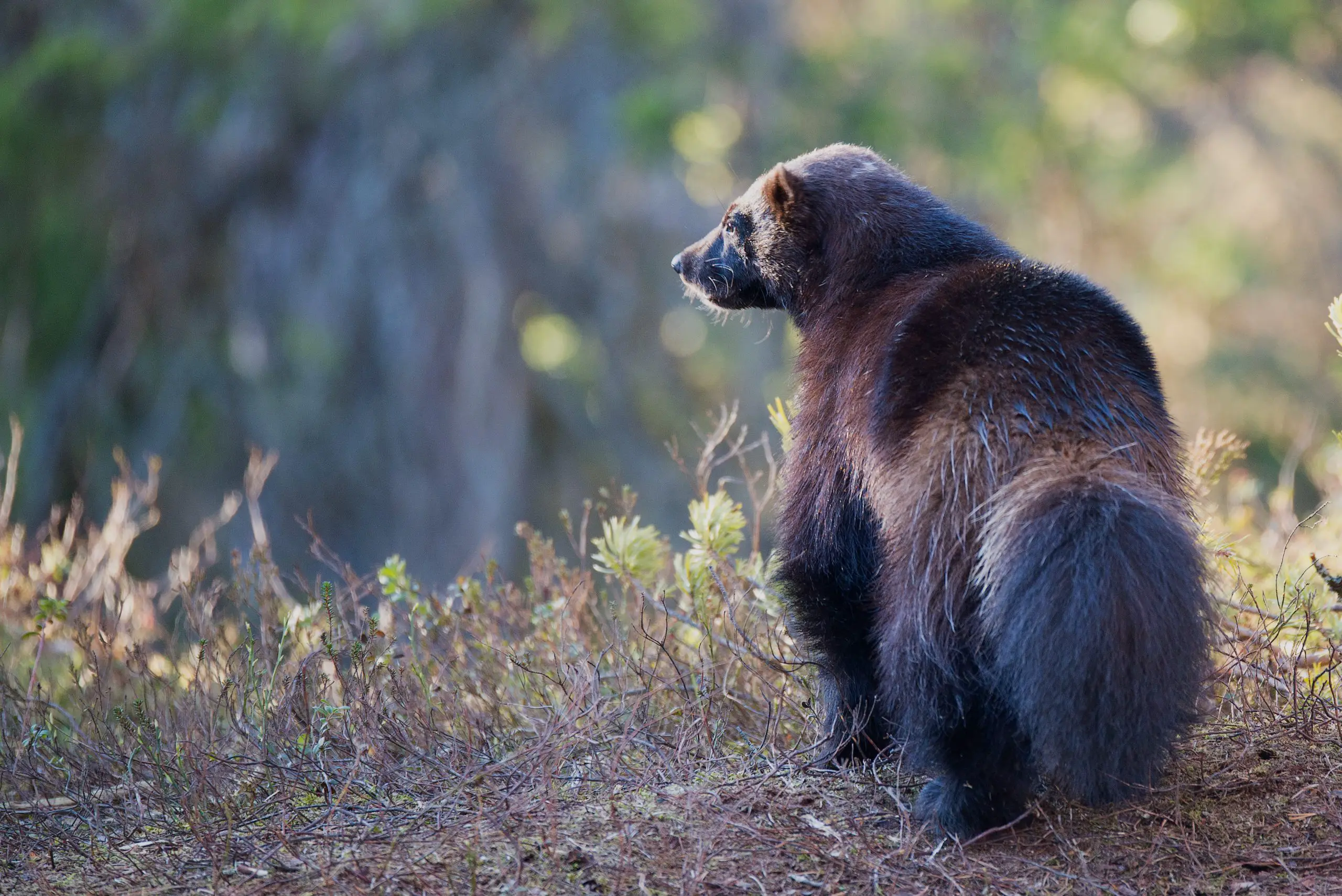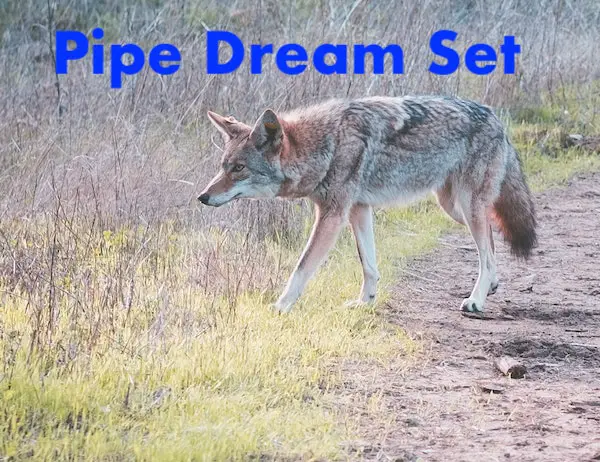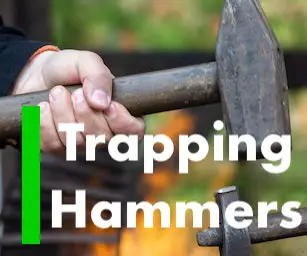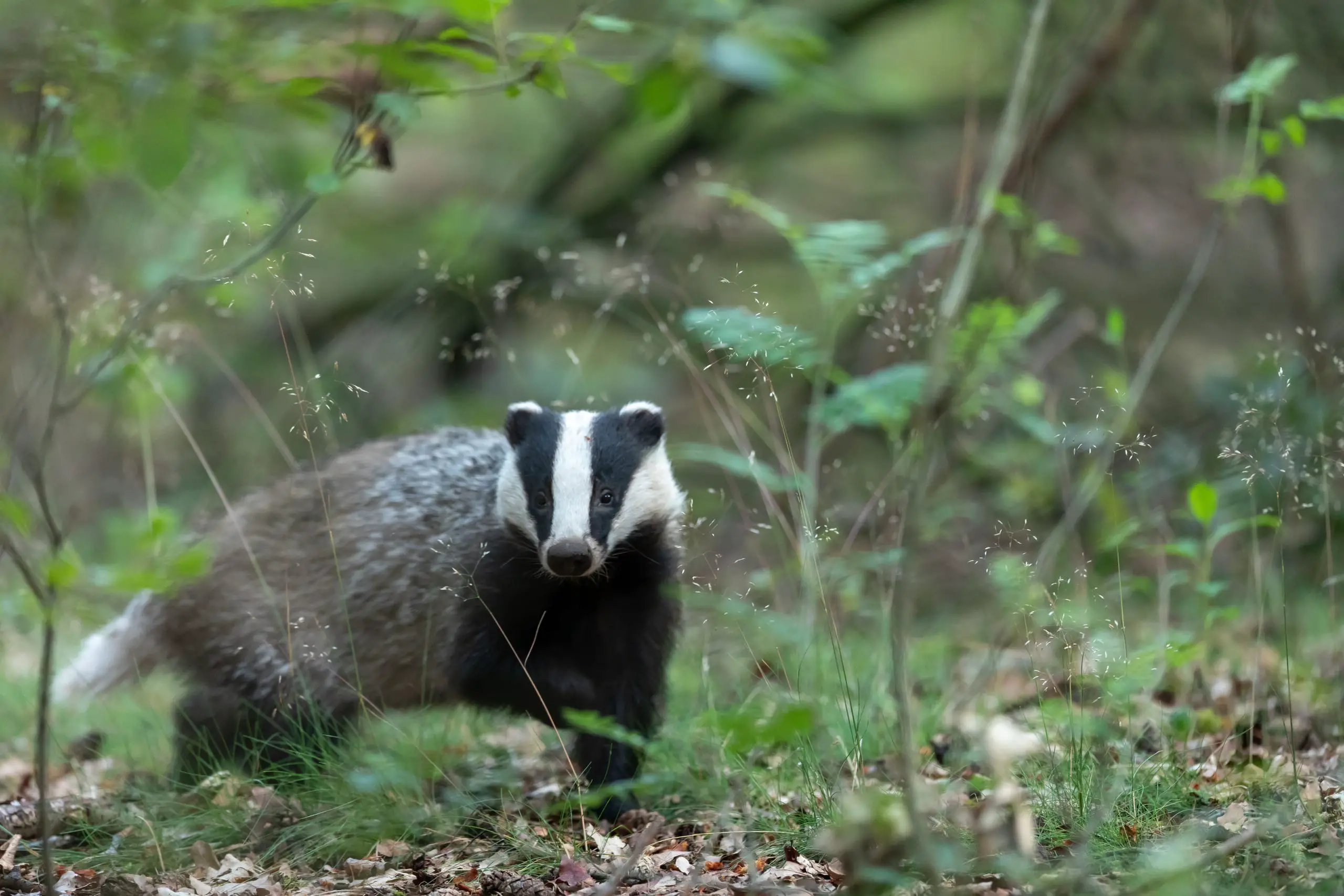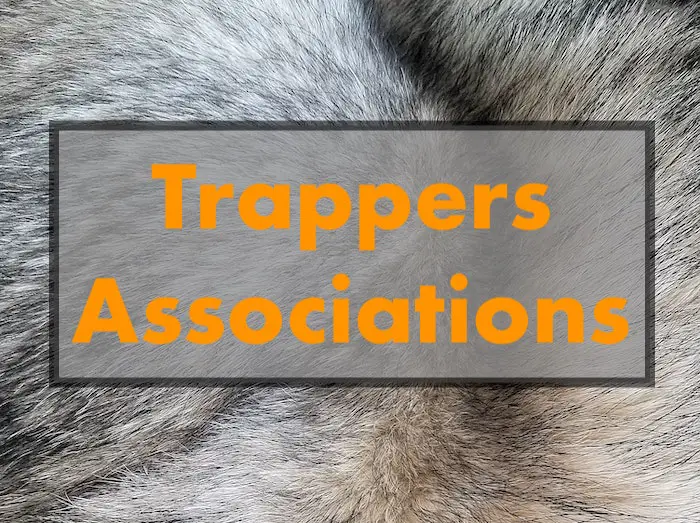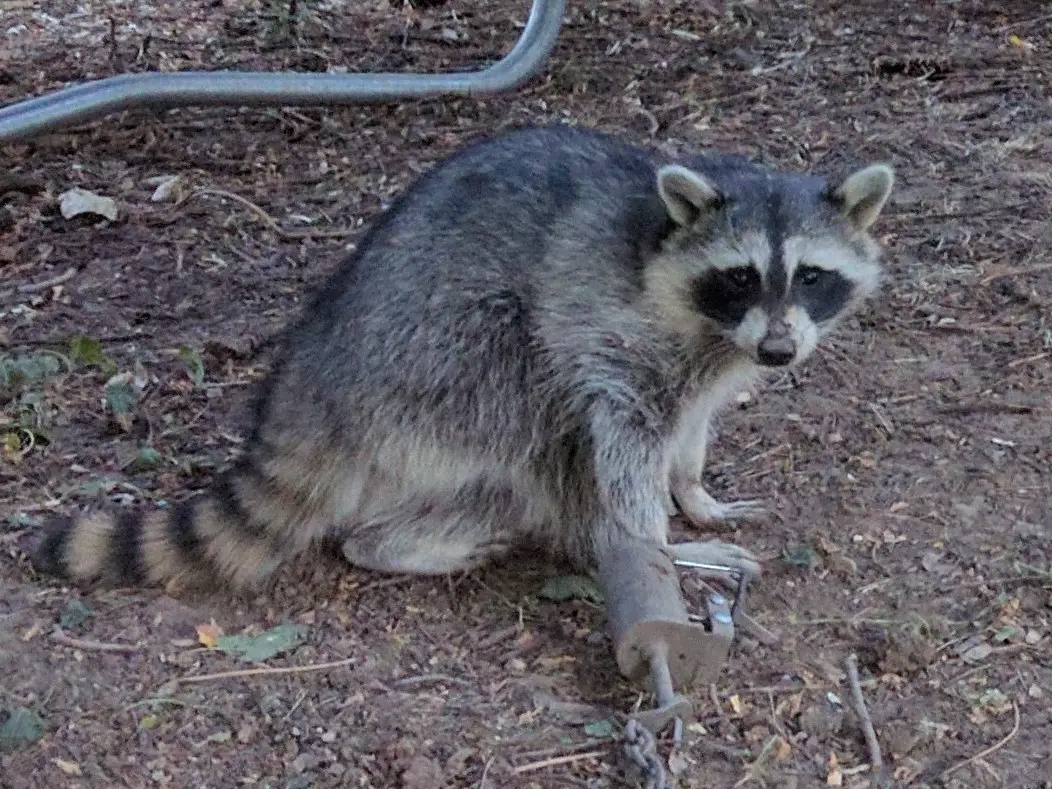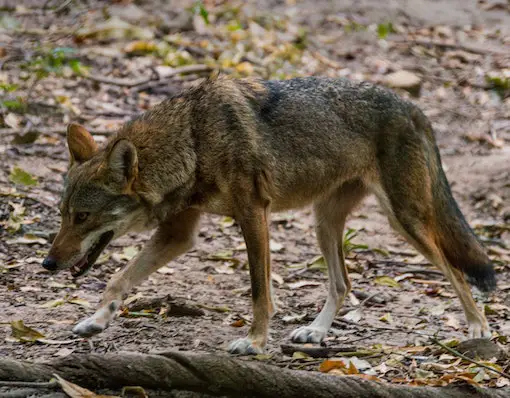Deer Snare, What I Learned
So a while ago I decided to start snaring and see what I could catch in a snare. I was mainly going after coyotes and foxes but a deer ended up in my snare. In this article I am going to talk about what I learned about snaring deer.
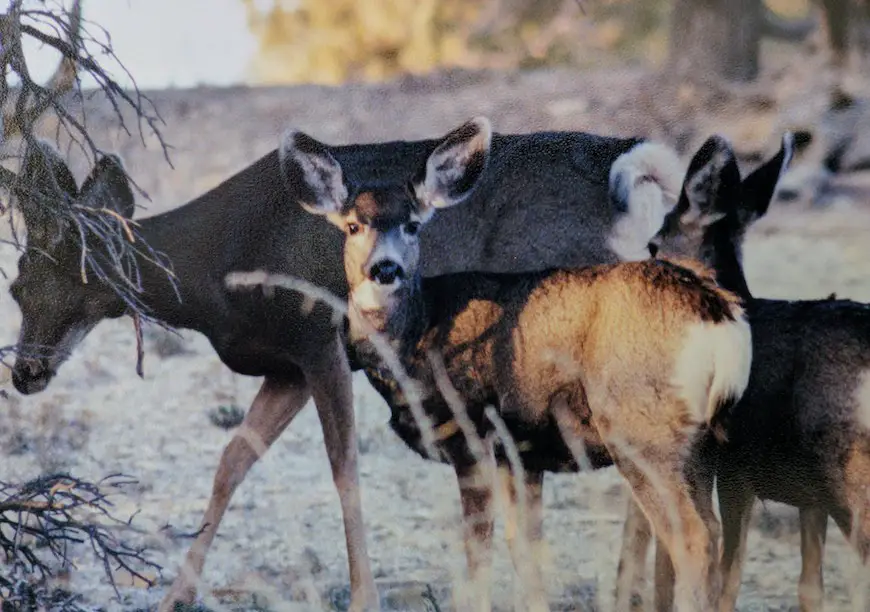
Snaring deer is illegal and should only be used in survival situations. The deer I caught was an accidental catch and all laws were obeyed and the deer was turned over to the proper authorities.
Where to Snare Deer
So when I set snares I was looking along a fence and trying to find places where animals would try to go under the fence. I found some good spots in the bottom of the wash or low spots where the fence was a foot or two off the ground.
Fences are a great spot to place snares because the fence is a barrier that pushes animals that don’t want to go over the fence to find a hole or a low spot to go through or under the fence. This gives you a pinch point where you can place a snare.
I found several of these spots and one of them was very big. There was deer hair on the fence and tracks coming under the fence and I figured that I would fill in the large gap under the fence and not need to worry about a deer going through a small hole. But I was wrong…
Setting Your Snare
So when I set my snares I like using wire as a support to hold up the snare. This allows me to use the wire to get the snare exactly where I want it. I usually cut a 20 to 30 inch wire to hold the snare up. Sometimes you can cut smaller wire and use the fence above the trap to hold the wire.
You want your snare at least two inches off the ground but usually higher. On this set where I caught the deer I placed the trap about 6 inches off the ground and the top within an inch or two of the bottom wire on the fence.
The snare loop should be at least ten to twelve inches in diameter and be large enough for the animal you are trapping to put its head through. The animal’s feet or chest should run into the bottom of the snare and allow the snare to start closing around the animal’s neck.
Most states require deer stops or breakaways which reduce deer snaring, where the deer is killed in the trap. I had a break away on my trap, but this deer was very young and didn’t have the strength or weight to break the trap but in most cases a deer will break the snare and get away.
Use Blocking Around Your Snare
So in the large I first got my snare set so when an animal went under the fence it would stick it’s head under the fence and right into the snare. Blocking is usually sticks or brush that you can put around your trap to make an opening smaller to push the animal into the trap.
In my case I used a giant tumbleweed and some other sticks to make the hole under the fence about a foot wide and about 18 inches tall. I put the snare a few inches lower than the bottom wire on the fence.
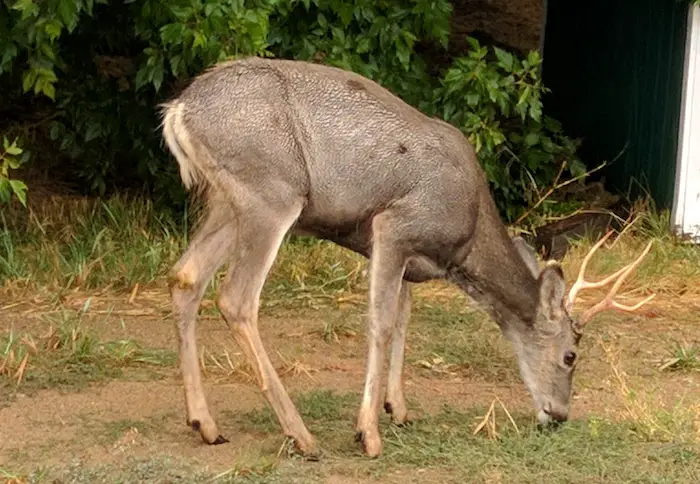
Make Sure Your Snare is Strong Enough
Deer are stronger than you think and if your snare is not strong enough then the deer will break it and get away. If you are targeting deer you don’t want snares with breakaways or deer stops. You want to make your deer snare very strong, usually making them out of aviation cable is the best option.
Secure Your Snare
Snares can be secured with stakes, earth anchors, or by attaching them to trees or a fence. Make sure what you attach your snare too is something you couldn’t pull out of the ground by just pulling on the snare.
Currently I am using the fence, stakes, or strong trees or brush to secure my traps. It depends where I am setting my snare. I try to avoid using stakes because they slow me down when I have to drive a stake into the ground. It is also hard to find places where there are no rocks.
Finding the Deer In My Snare
The night I caught the deer in my trap it snowed about a foot and when I got to the location the snare was missing and I walked right past the deer under a foot of snow.
I then looked for the end of my snare where it was staked in the ground and I found it. I was excited when the snare was pulled tight and I started lifting up on the snare.
When a deer came up out of the snow I was super disappointed because I knew I wouldn’t be able to keep it. I called in the accidental catch and the officer was very good to work with.
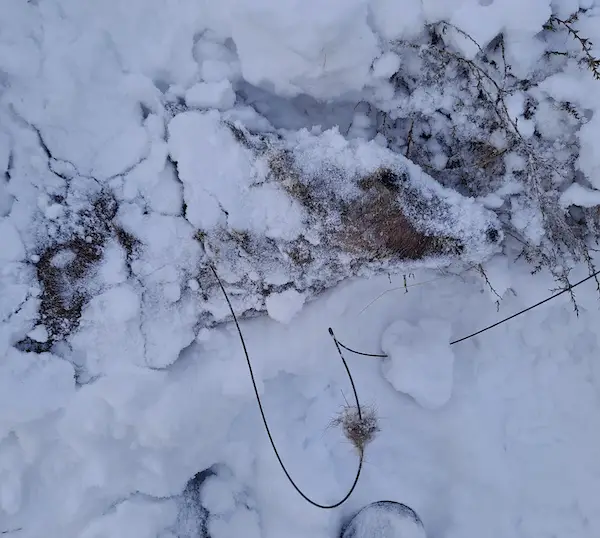
Conclusion
While setting snares for deer is illegal this accidental catch taught me a lot about how I would trap deer in survival situations. Being able to find food when there isn’t food can be a good skill to have.
Remember if you accidentally catch a deer in your trap when targeting other animals, follow the proper laws and regulations to turn in your animal.
